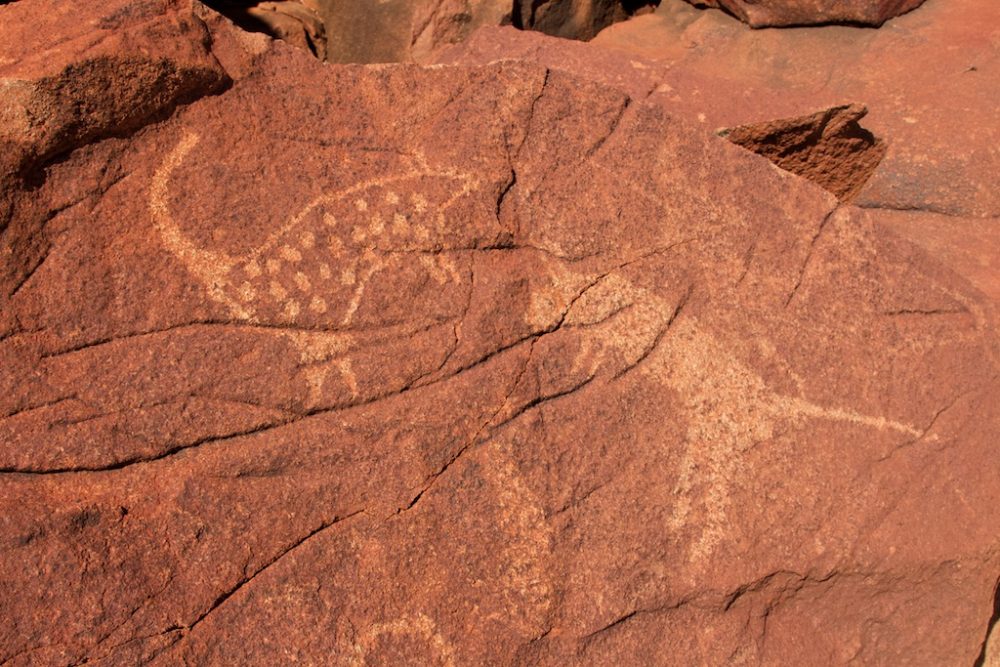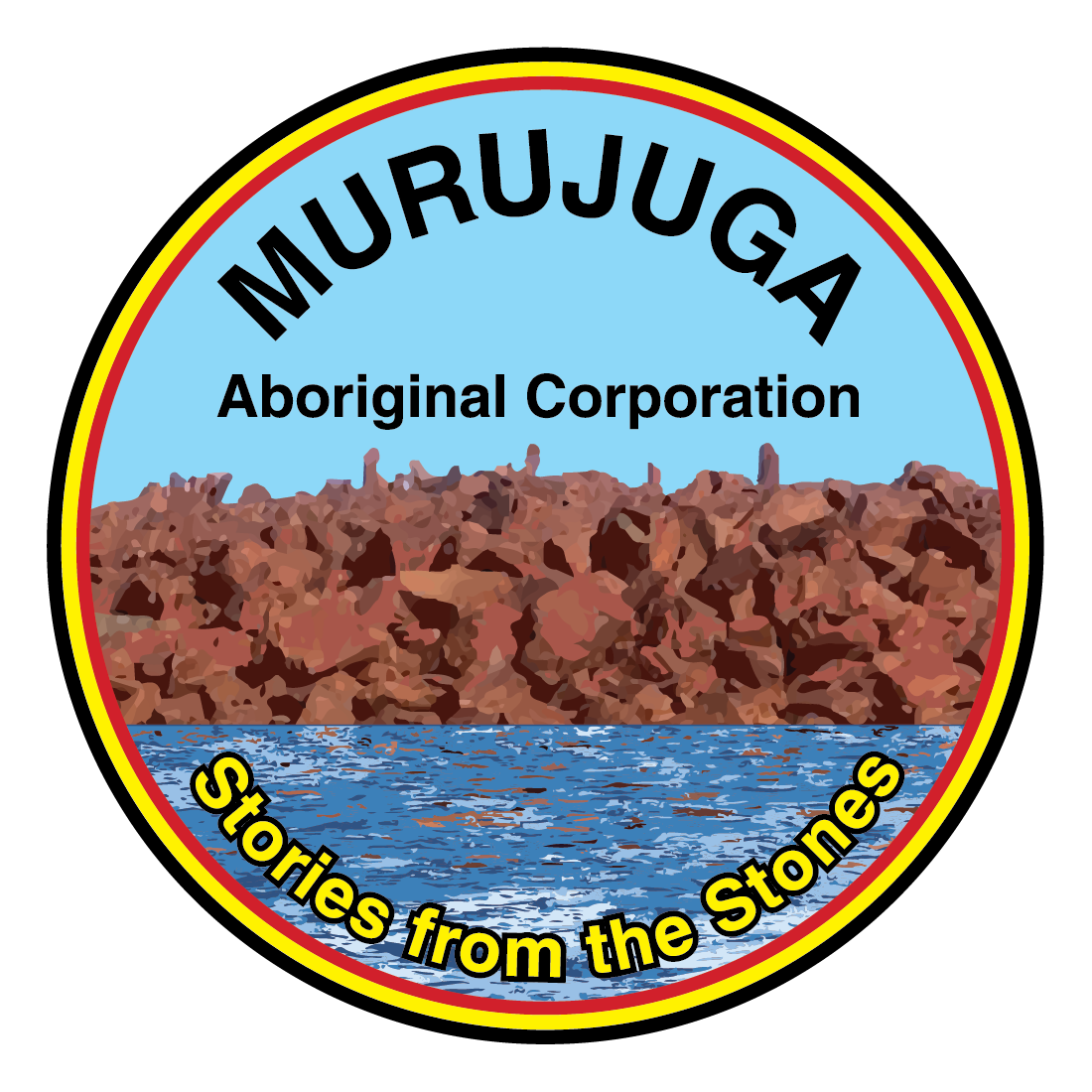About Murujuga
Murujuga Aboriginal Corporation (MAC) is made up of members from five traditional custodial groups: the Ngarluma, Mardudhunera, Yaburara, Yindjibarndi, and Wong-Goo-Tt-Oo peoples. MAC’s mission is to preserve and protect our land, heritage and culture while transforming the lives of our community. MAC brings together the five groups to pave the way for future generations and work together for country, while respecting lore, heritage and traditions.
MAC was incorporated on 19 April 2006 and is the approved corporate body for the Burrup and Maitland Industrial Estates Agreement (BMIEA). MAC administers the implementation of contractual obligations under the terms of the BMIEA.
Following a long struggle for native title recognition, the three Contracting Parties comprising the Ngarluma-Yindjibarndi (1994), Yaburara Mardudhunera (1996), and the Wong-Goo-Tt-Oo (1998) received land entitlements and financial benefits in return for surrendering their native title rights and interests over the Burrup. This was documented in the BMIEA.

As MAC is not a prescribed body corporate (PBC) for the purposes of native title, it does not receive royalties. Instead, MAC holds the freehold title to Murujuga National Park which adjoins the industrial land. The WA Government has allocated various areas for infrastructure and industrial development on the Burrup Peninsula. Murujuga, meaning ‘hip bone sticking out’, is the name for the entirety of the area which encompasses the Burrup Peninsula, Dampier Archipelago and surrounding seascape. The location is not to be confused with the Dampier Peninsula in WA’s Kimberley region.
Murujuga National Park is Western Australia’s 100th national park and the first to be co-managed by Traditional Custodians and the WA Department of Biodiversity, Conservation and Attractions. DBCA staff and MAC National Park Rangers work closely together to jointly manage Murujuga National Park.
With an estimated one to two million images, Murujuga is home to one of the largest, densest and most diverse collections of rock art engravings, also called petroglyphs, in the world. Assembled over the past fifty thousand years, the petroglyphs of Murujuga are still highly relevant to contemporary Aboriginal people. Murujuga is the only place on Earth where the story of the people and their changing environment has been continuously recorded through art for more than 50,000 years.
In August 2018, MAC and the State Government signed an agreement to pursue World Heritage Listing for Murujuga. The nomination for World Heritage Listing was lodged with the UNESCO World Heritage Centre in January 2023. In November 2019, the Murujuga Rock Art Strategy (2019) was ratified by the WA Government in November 2019. A Partnership Agreement between MAC and the Department of Water and Environmental Regulation was also signed at that time.
